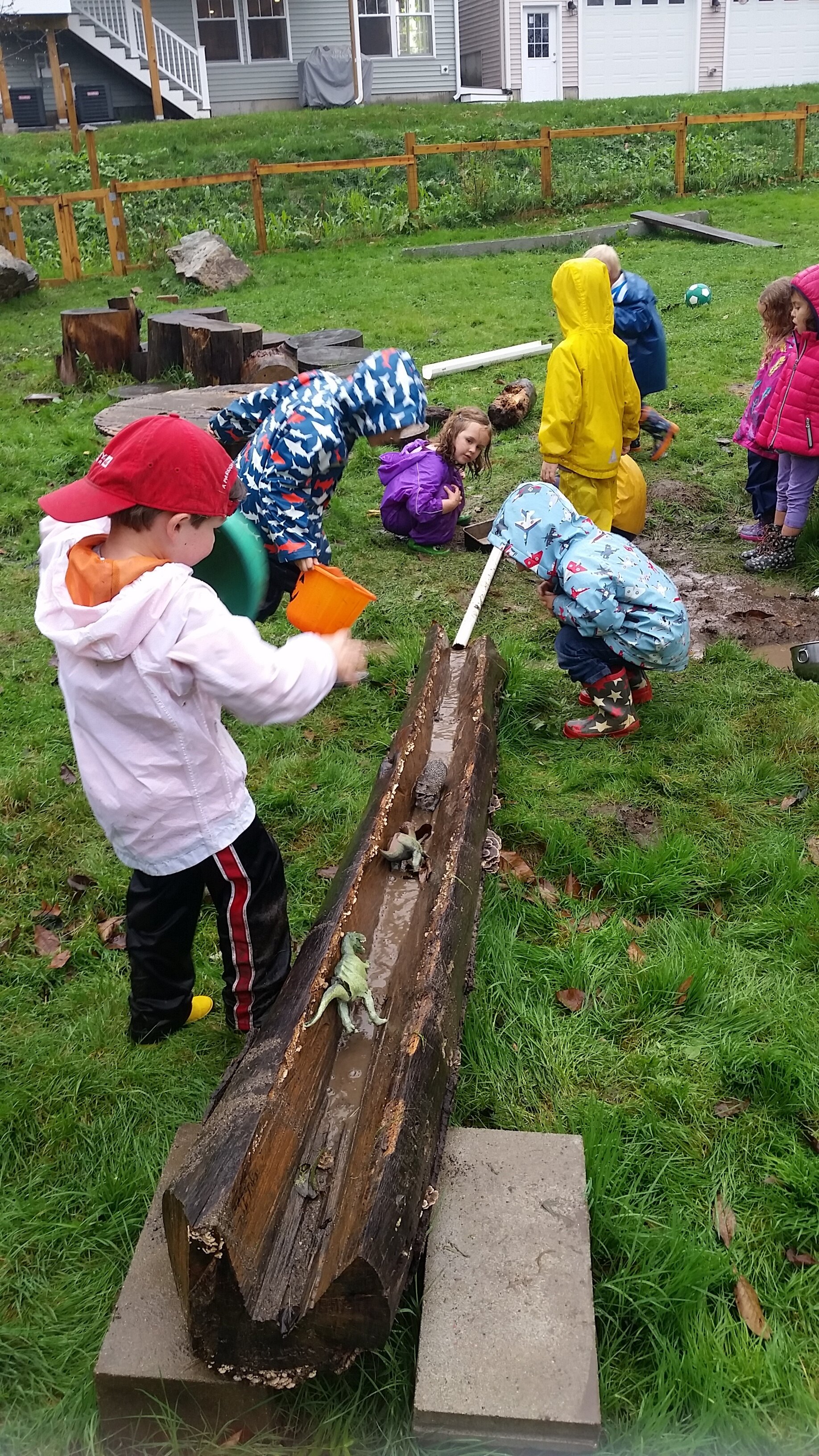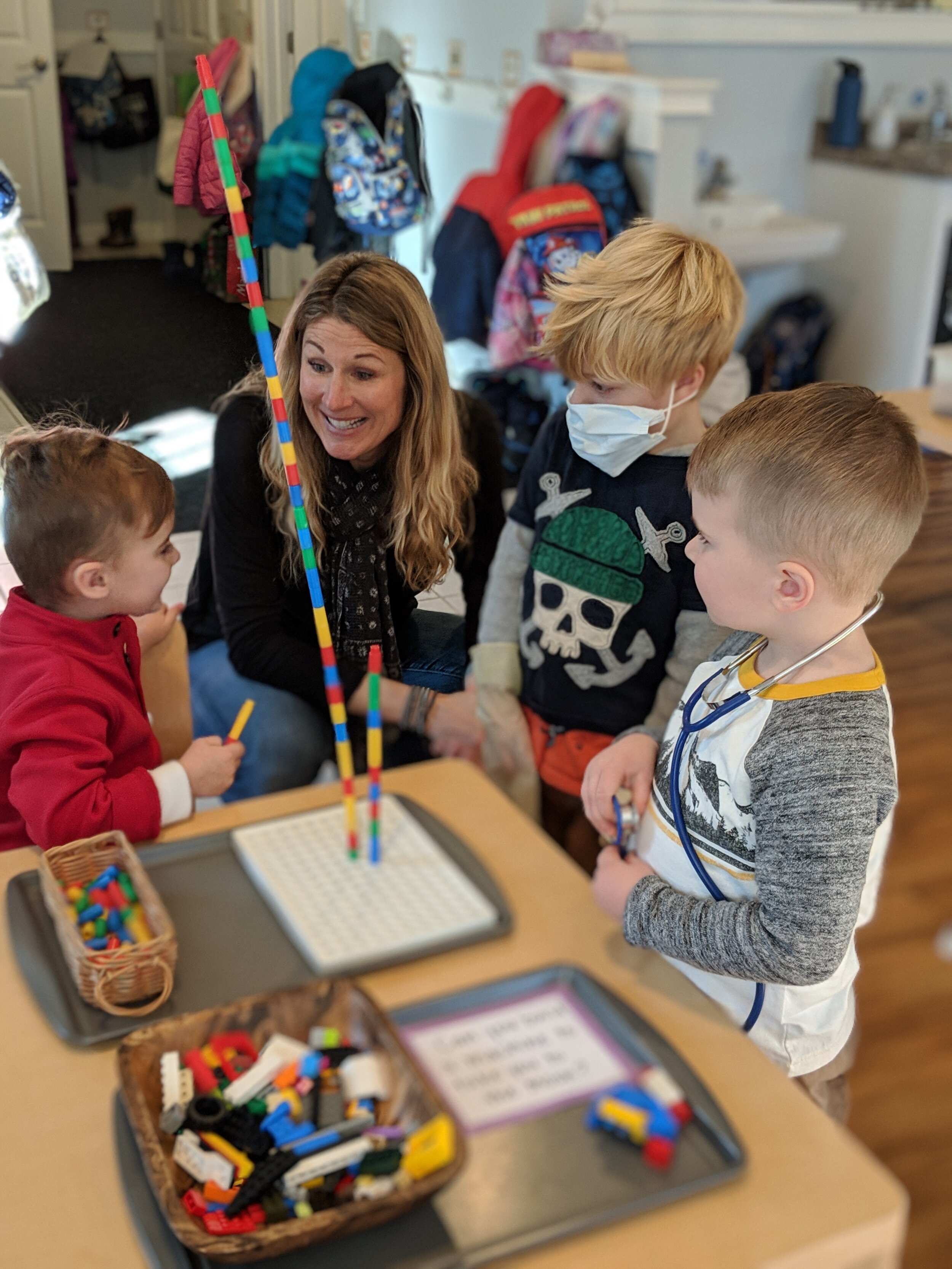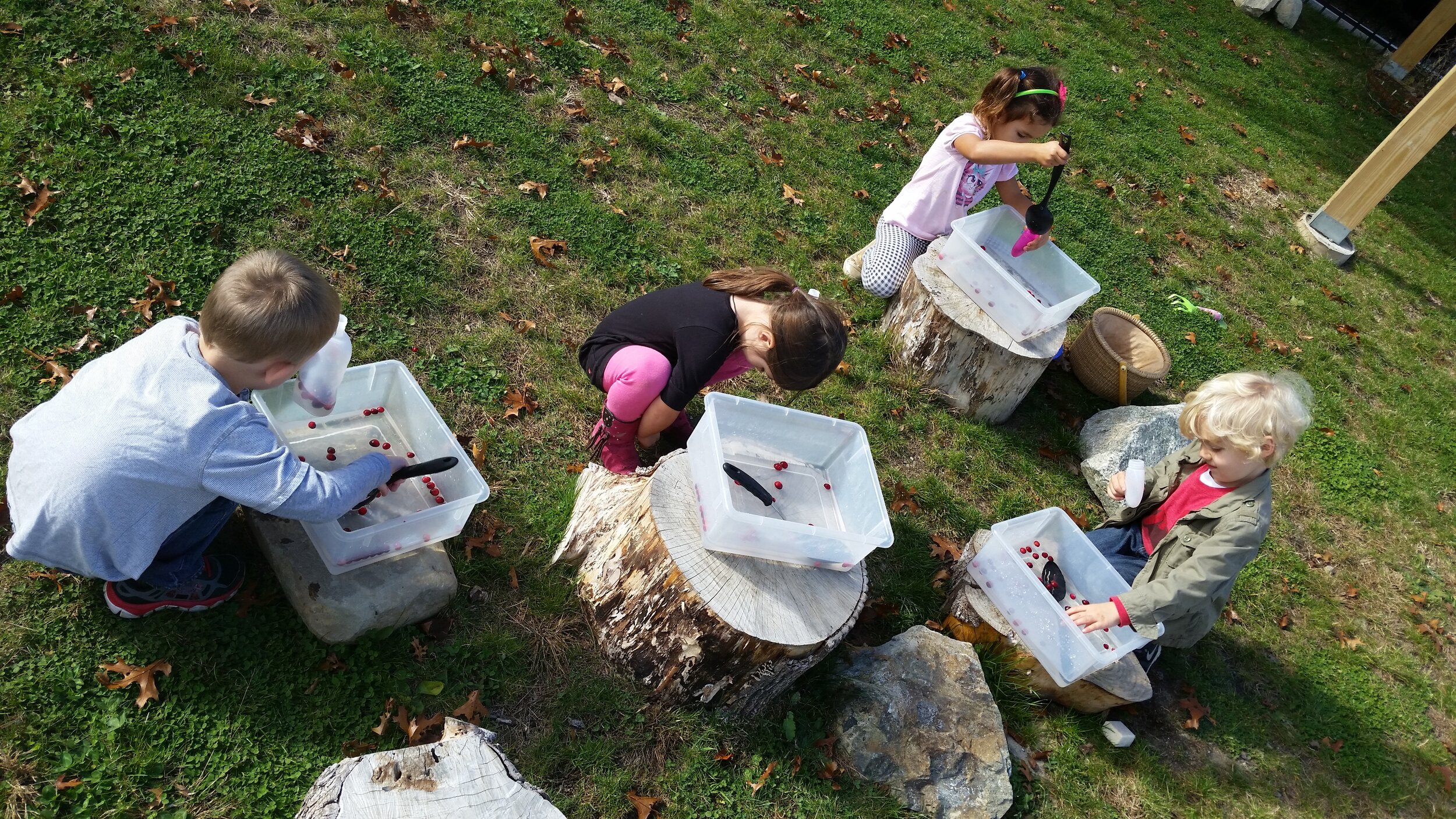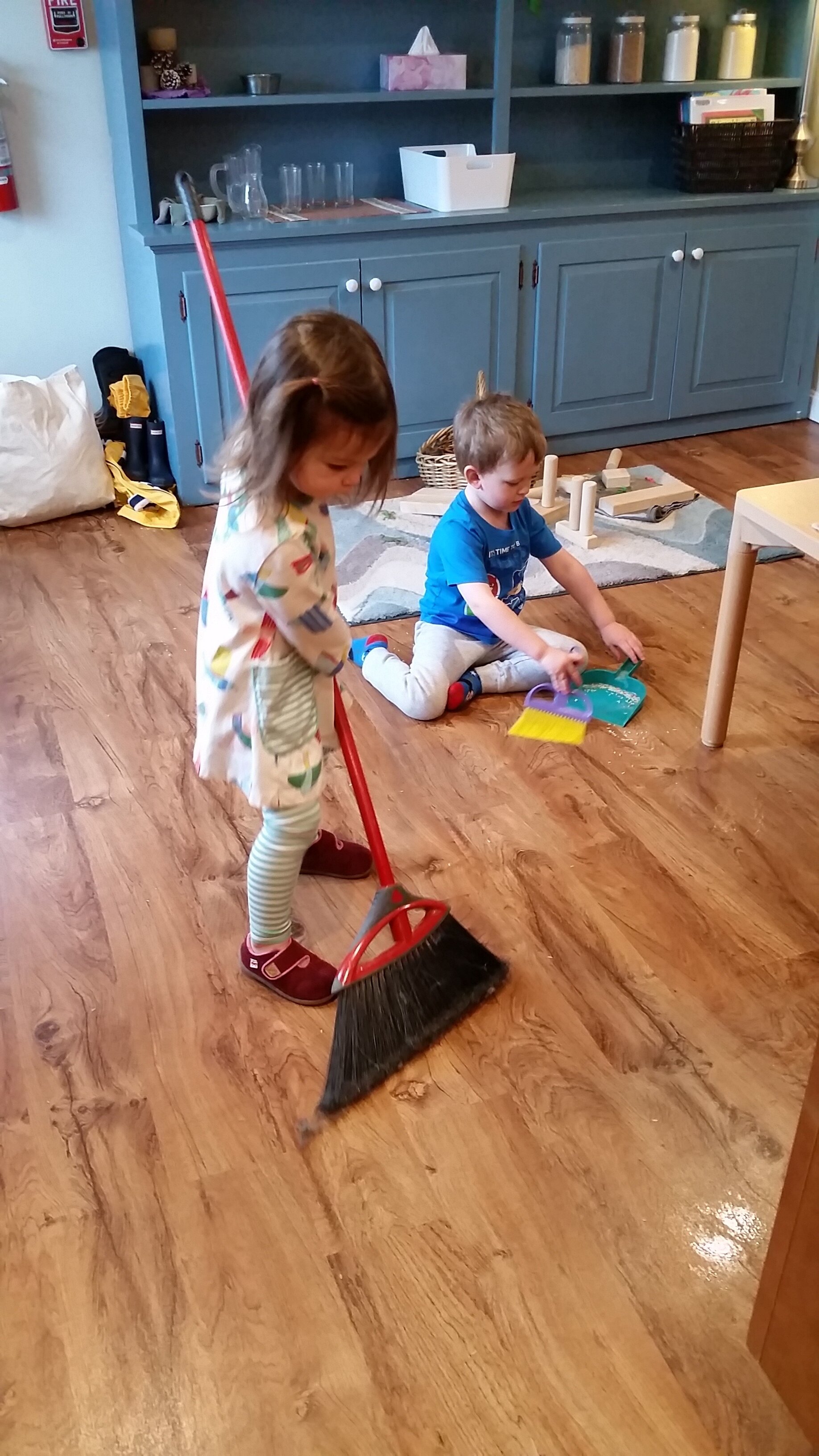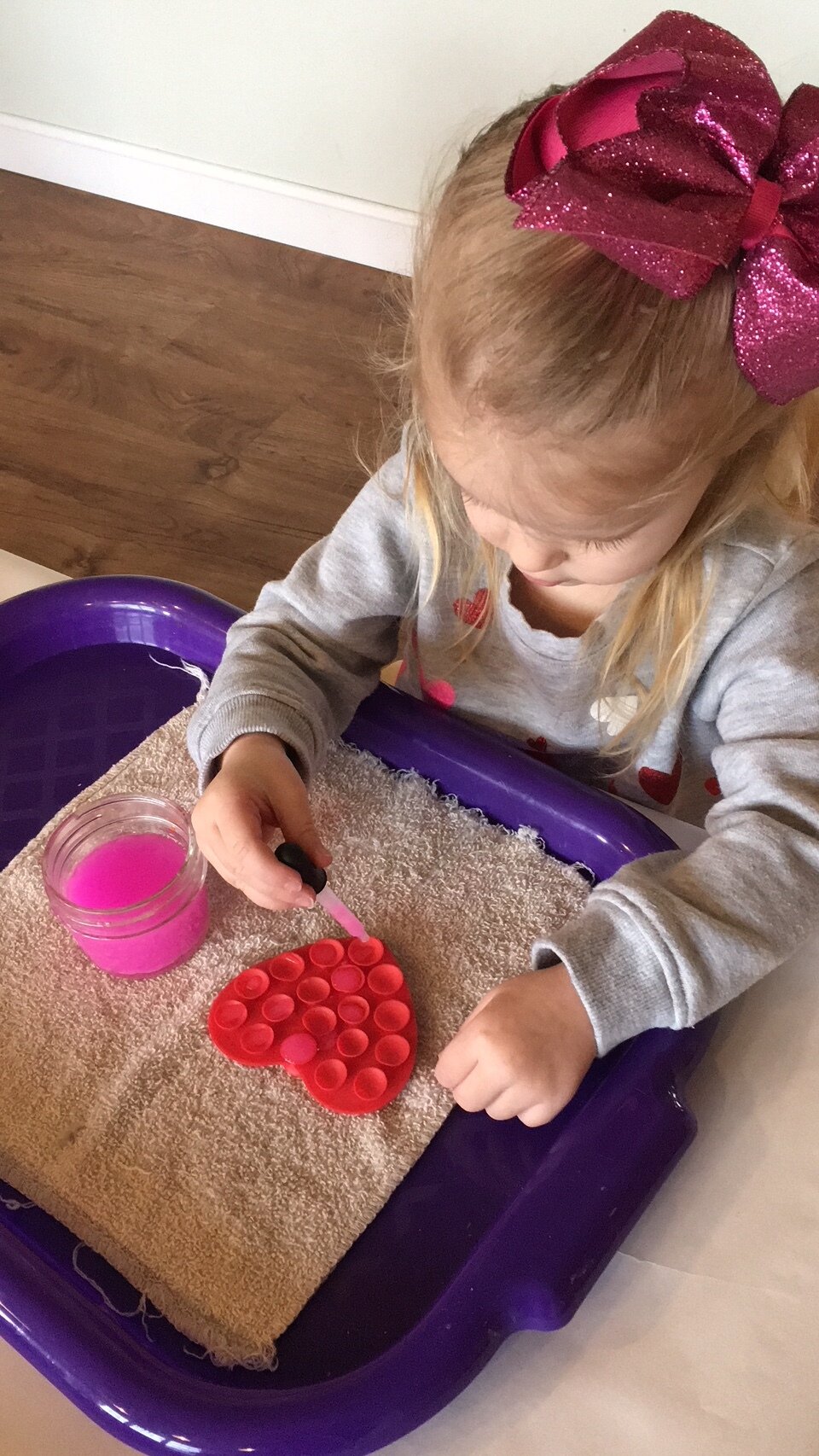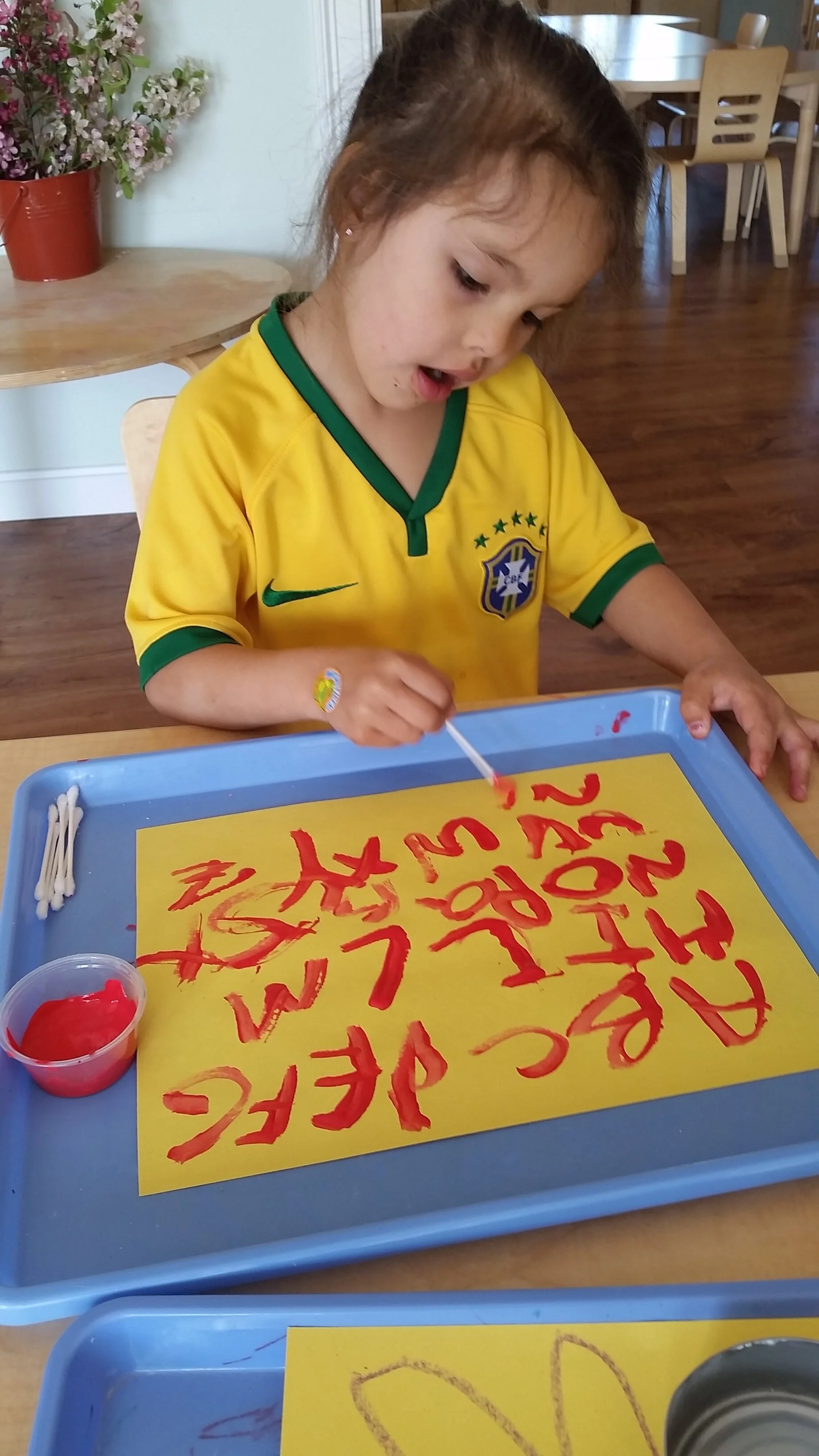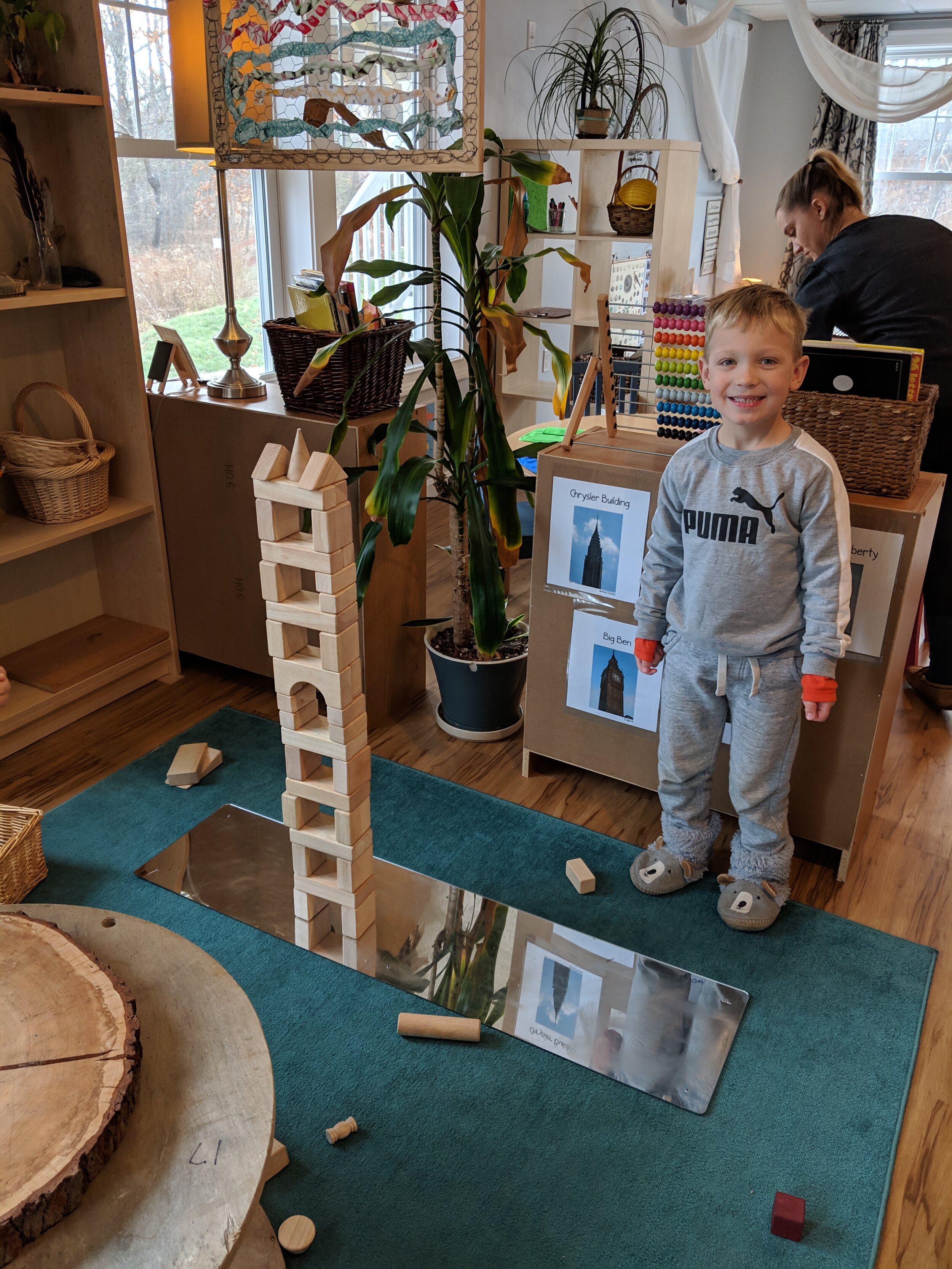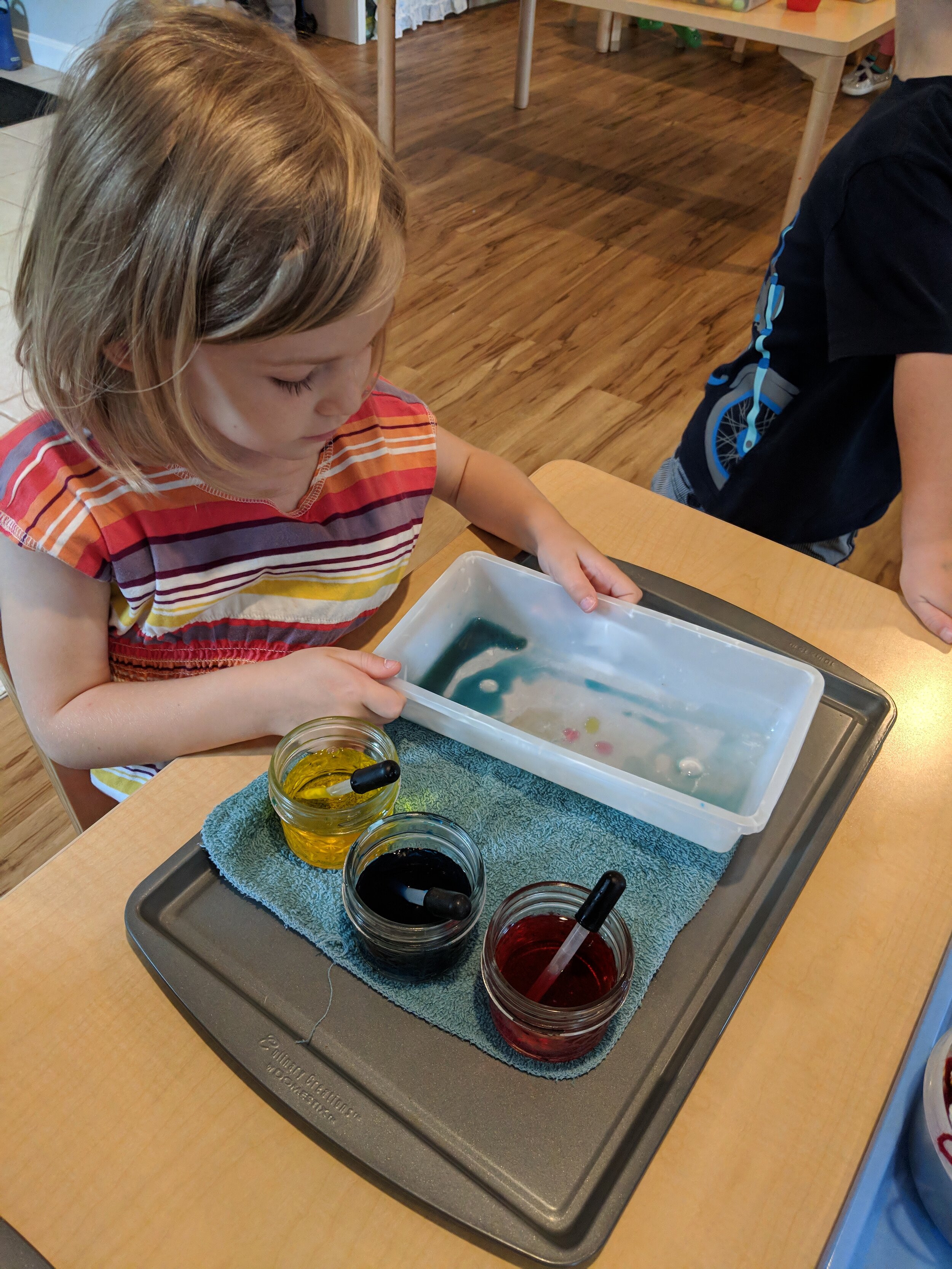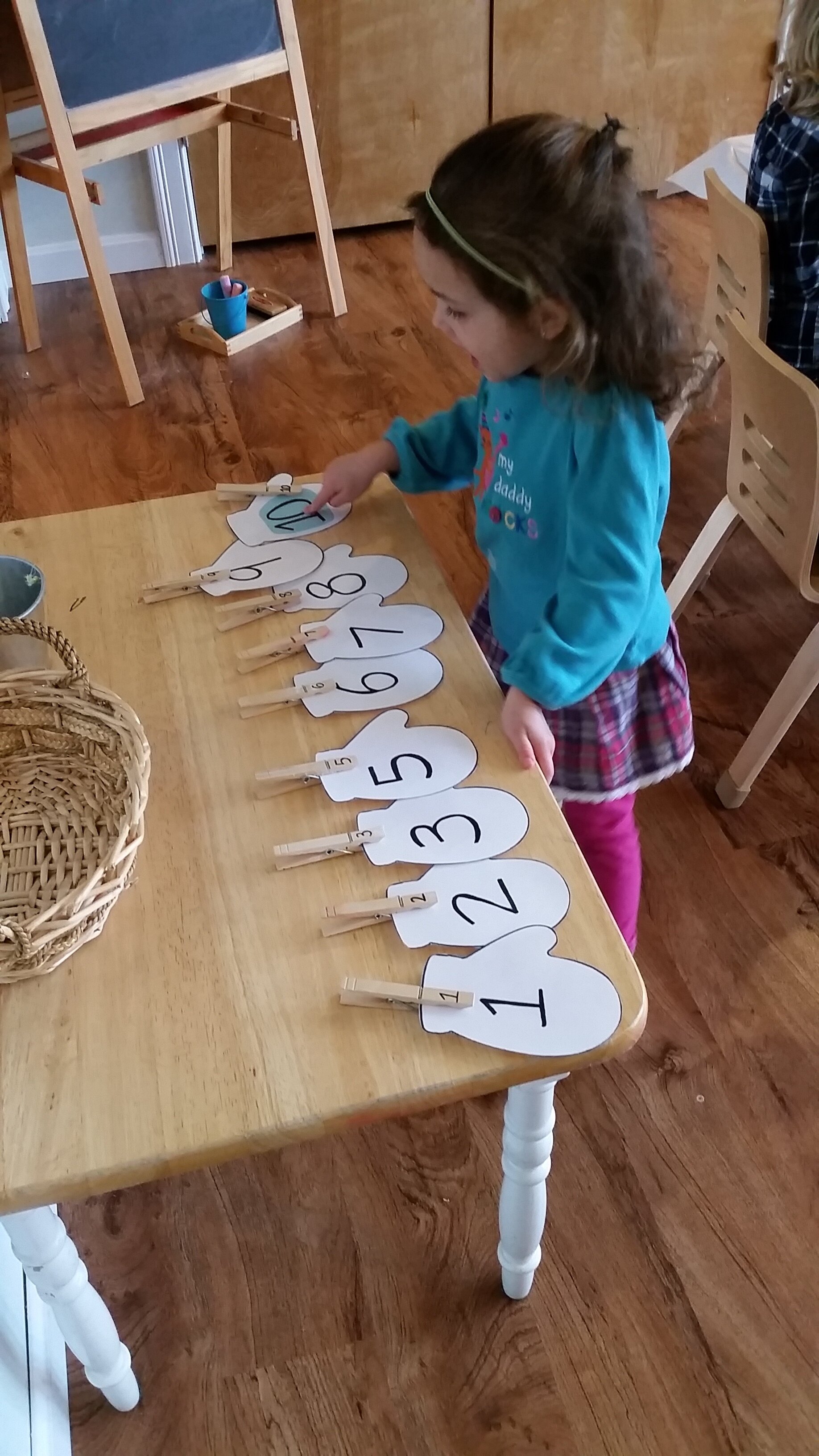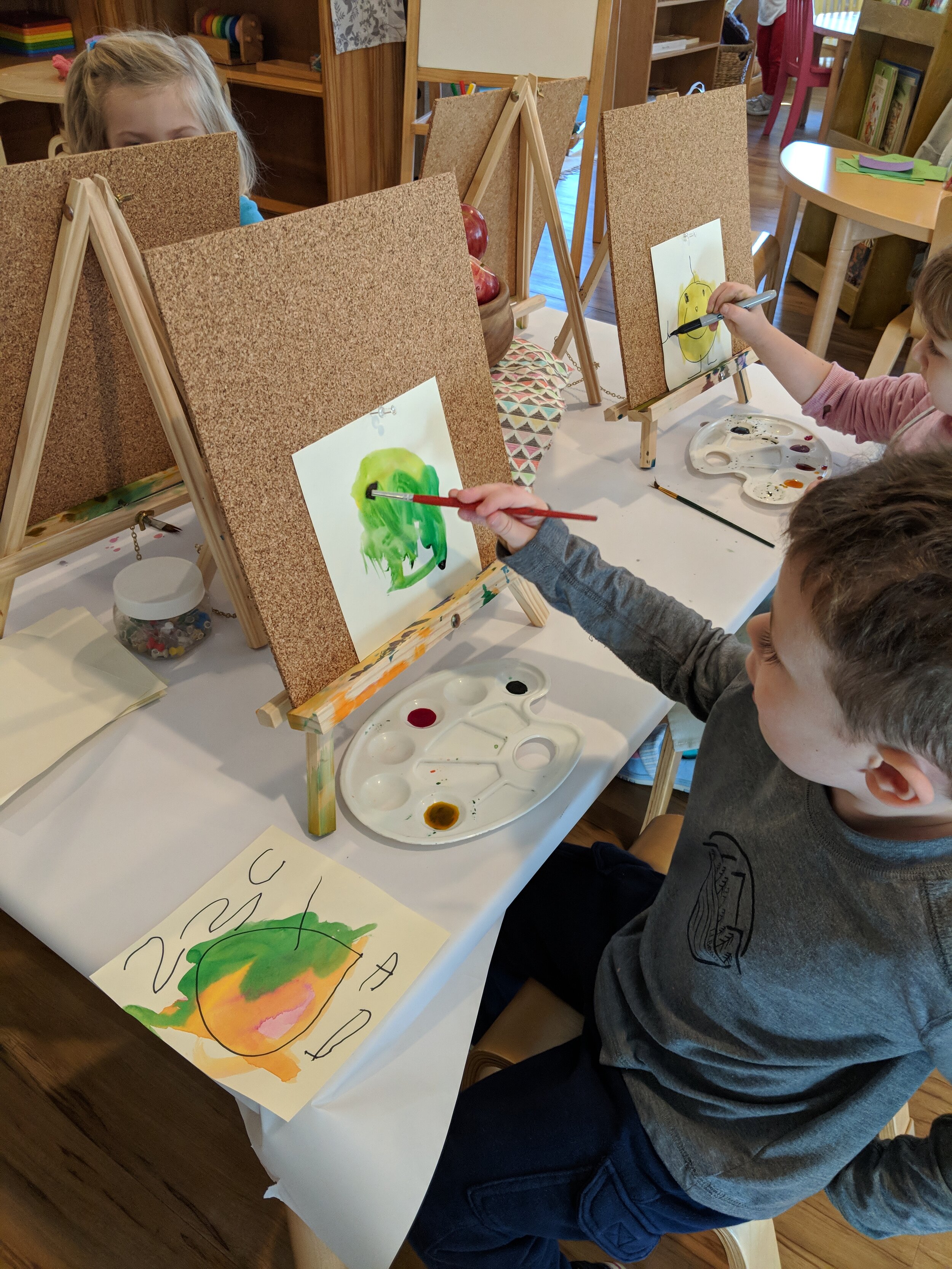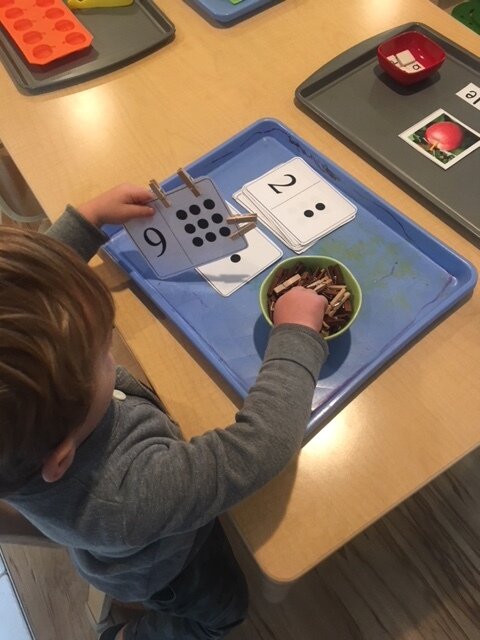THE HARMONY APPROACH
Play + Connection + Confident Leadership = HARMONY
At Harmony Natural Learning Center, we have pioneered our own proprietary teaching model: The Harmony Approach. This one-of-a-kind, delicately balanced formula—grounded in our deep respect for the early childhood learning process and a dedication to excellence in education—honors natural and independent inquiry- and play-based learning, one-on-one connection, and confident leadership to gently yet firmly maintain authority within each group of children. Our method—led by our expertly trained teaching staff—nurtures development and learning while maintaining calm, wonder, peace…harmony.
Creating an atmosphere conducive to cultivating innate play-driven behaviors is an exacting, intentional, critical process. At Harmony, our optimal indoor and outdoor environments are as important to your child’s development as our teachers. Our indoor classrooms are flooded with natural light and offer a beautiful, warm, home-like environment. Our Big Backyard and Toddler Gardens allow children to investigate their natural surroundings while fostering movement, engaging the senses, and supporting collaborative social play experiences.
Our carefully curated collection of open-ended, unexpected, and found-object play materials offers children the opportunity to manipulate, change, combine and redesign in endless ways. Through this inquiry-based play, your child is empowered to create the ideas, direction, and stories of their play— optimizing his or her individual, intrinsic learning process.
Because we believe children are capable, Harmony upholds high behavior standards in our classrooms. Teachers blend warmth and loving connection with clear expectations to produce a healthy, authoritative caregiving environment, which fosters children’s confidence, responsibility, and emotional self-regulation skills.
The Harmony Approach is built on years of professional experience encompassing early childhood, pediatric, and parent education environments. Our educators adeptly inspire and support natural play, nurture self-regulation (a particular specialty of ours), and care for your children with loving leadership. They are empowered to carefully observe, recognize and guide spontaneous teaching moments and accordingly adjust the environment and routine—customizing each experience to the needs and interests of each individual group of children. Our signature Harmony Approach is woven into each classroom environment and every aspect of our proprietary curriculum. The result: a highly specialized, customized education fostering perseverance, critical thinking, mastery of interpersonal skills, and character development throughout the early years.
Play-Based Learning
CHILDREN IN A PLAY-BASED LEARNING PROGRAM:
are more likely to grow to be well-adjusted, healthy adults
become adept at emotional self-regulation (the ability to produce socially appropriate emotional responses in less-than-ideal situations)
master impulse control (the ability to regulate or prevent a socially inappropriate urge or action) and avoid negative behaviors
learn to build relationships, resolve conflict, and successfully navigate peer interactions
exhibit increased feelings of achievement and optimism as they make their own choices
demonstrate improved wellbeing, as play is a known stress-release
more effectively develop the basics of literacy, math, and scientific concepts
learn to explore, identify, negotiate, take risks, and create meaning
are more likely to have well-developed memory skills and language development
benefit from equal or better results in academic skills than those denied play
experience enhanced school adjustment and academic learning
QUALITIES OF A PLAY-BASED PROGRAM:
learning happens through fun, engaging experiences connected to children’s lives
indoor and outdoor areas facilitate play and learning
varied play spaces and materials are offered: art, dramatic play, sensory, construction
children choose materials, play independently, and transform play spaces
children’s uninterrupted play—when they get transfixed by an activity—is protected, laying the groundwork for vital learning skills like concentration and attention span
reading, writing, and math are introduced through real, meaningful situations and active learning rather than disconnected, passive, classroom instruction
different abilities and learning styles are recognized and catered to
children can work alone or with others—teachers are able to discern whether a child needs solo space or togetherness for optimum learning
there is a balance of child-led, child initiated, and educator-supported learning
children’s ideas and interests are allowed to create new experiences
teachers are empowered to recognize spontaneous teachable moments as they occur and adjust the environment and routine—customizing each experience to the needs and interests of each individual group of children


